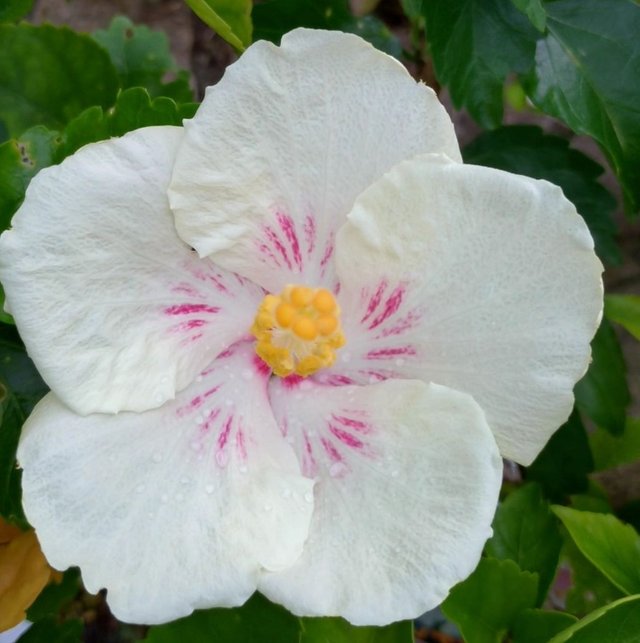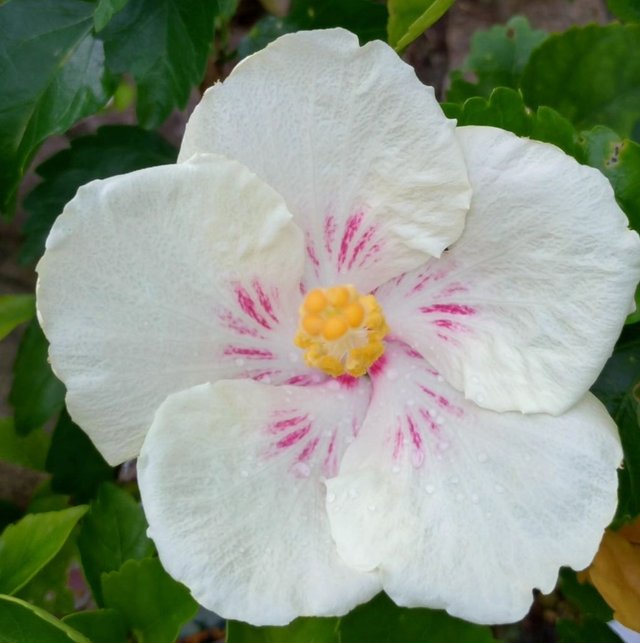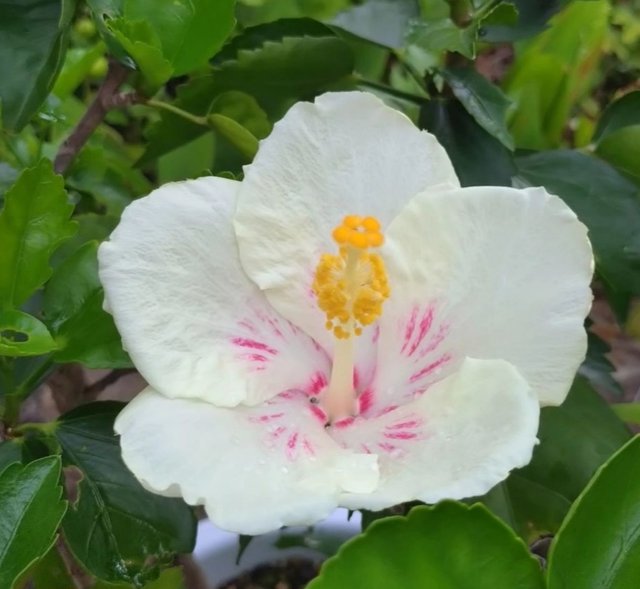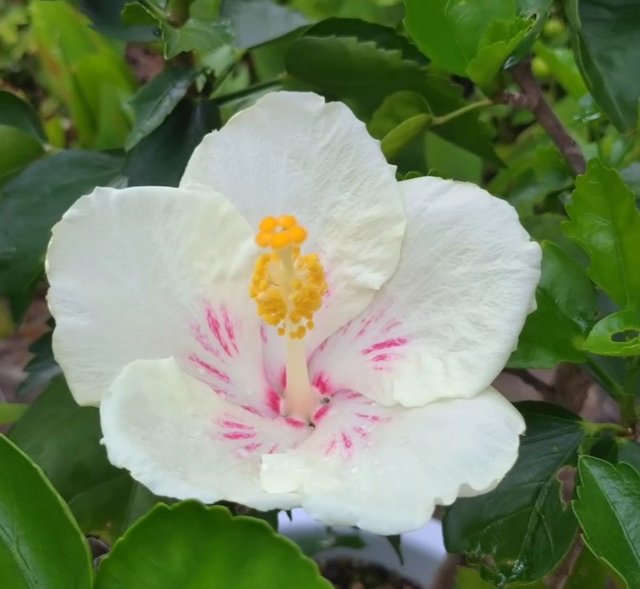Common Hibiscus Flower So Beautiful
Common Hibiscus: A Blooming Marvel in Gardens Worldwide
The common hibiscus, scientifically known as Hibiscus rosa-sinensis, is a stunning and versatile flowering plant cherished for its large, vibrant blossoms and lush foliage. Native to tropical and subtropical regions, this plant has captivated gardeners and plant enthusiasts across the globe. With its striking appearance and easy cultivation, the common hibiscus has become a staple in both home gardens and public landscapes. This post explores the origins, characteristics, care requirements, and cultural significance of the common hibiscus.
Origins and Distribution
The common hibiscus is believed to have originated in Southeast Asia, where it thrives in warm, humid climates. Over time, it has spread to various parts of the world, including Africa, the Caribbean, and the Pacific Islands, adapting well to different environmental conditions. Today, it is a popular ornamental plant in tropical and subtropical regions, from the Americas to Australia.
Botanical Characteristics
The common hibiscus is a member of the Malvaceae family, which includes a variety of flowering plants. It is an evergreen shrub or small tree that can reach heights of 6 to 15 feet, depending on the growing conditions and care. The plant's leaves are glossy, dark green, and ovate, providing a lush backdrop for its spectacular flowers.
The most striking feature of the common hibiscus is its large, trumpet-shaped blooms, which can measure up to 8 inches in diameter. The flowers come in a dazzling array of colors, including red, pink, yellow, orange, and white, often with contrasting centers and delicate, ruffled petals. Each bloom typically lasts for only one or two days, but the plant produces a continuous succession of flowers throughout its growing season, ensuring a long-lasting display of color.




